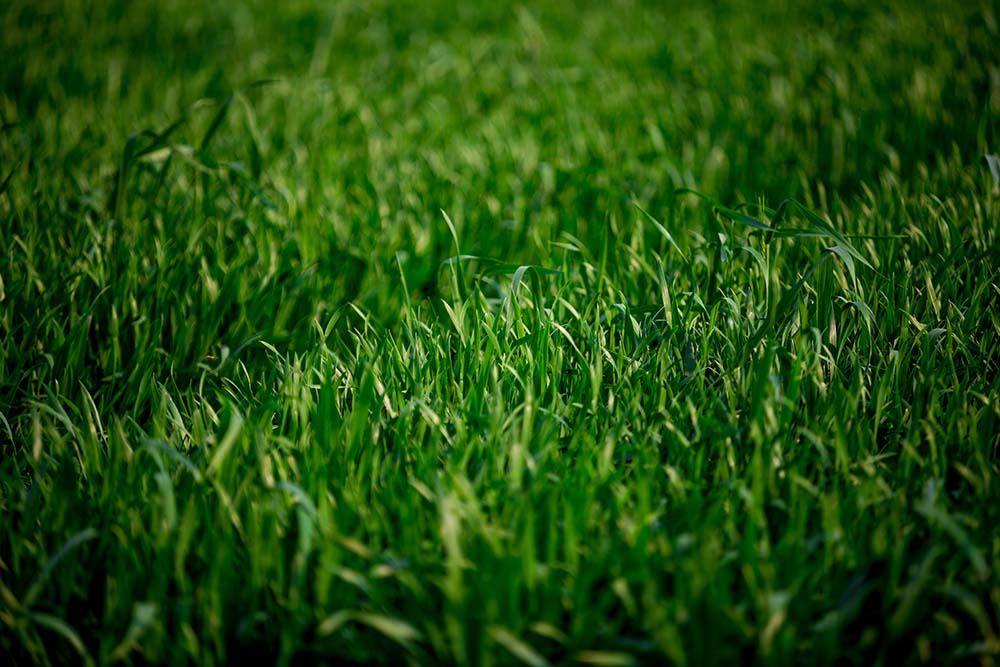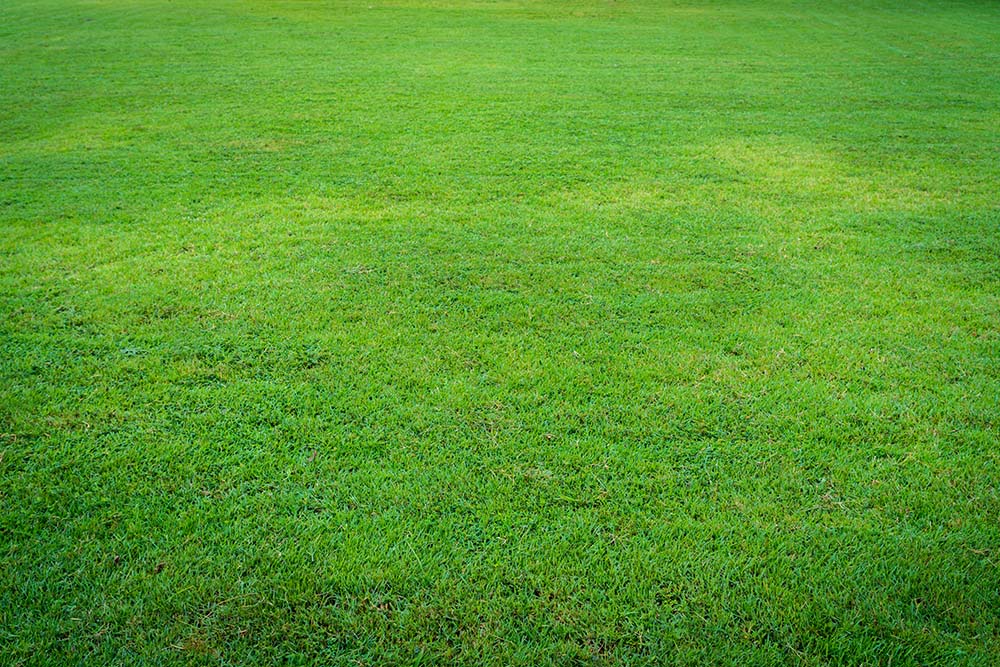Answering the question: “When is the best time to weed and feed your lawn in Australia” isn’t that simple, given just how big Australia is. It all really depends on where you are located. It also depends on the type of lawn that you have, and how fussed you are about keeping it in its very best condition.
In any case, we are going to talk you through the best time to weed and feed your lawn, based on the main territories in Australia. That should give you a good indication as to which season is best suited for you and your situation.

Best Time to Weed and Feed Your Lawn in NT and QLD
If you want to fertilise your lawn in NT and QLD, then the best time to do it would be in September/October time. This is the best time of year for feeding as the grass is actively growing after the cooler dormancy period.
Fertilising once a year should be plenty. Just remember that if you do so during the wet season, it is going to be a waste of your time and money. The rain should give your lawn plenty of nutrients. In addition to that, the excess water will cause the fertiliser to run off, which can be dangerous for the surrounding environment.
Finally, make sure you do not overdo it. If you over fertilise, then you can have some serious problems.
Best Time to Weed and Feed Your Lawn in NSW
The best time for weeding and feeding your lawn in NSW is during the summer. Begin fertilising in the summer to give it an awesome boost throughout the hot months ahead.
Using a slow-release, granule-based fertiliser with nitrogen, potassium, and phosphorous will be perfect for keeping it looking fresh, green, and lush. This also helps to encourage strong root growth. Just remember that you shouldn’t over-apply, as you’ll end up invariably burning your lawn.
Be mindful if you have had a lot of rain in the preceding seasons. Fertilising at a higher dose might be required to replace the nutrients that may have been washed away from the soil in times of heavy rain.
If you aren’t too sure, you can apply a higher dosage to a test area to see how it performs over the following weeks. If all goes well and it looks beautiful and healthier, then a higher dosage can be applied to the rest of the lawn. Otherwise, a smaller dosage will be more suitable. Play it by ear.

Best Time to Weed and Feed Your Lawn VIC
For weeding and feeding your lawn in Victoria, we recommend through Autumn and Winter. The hot summers offer plenty of vigorous growth and thus now is the best time to start feeding your lawn and preparing it for the winter months to follow.
The optimum time to do so would be by applying two lots of fertiliser; once in March and then another again in April or May (just before the weather begins to cool). A high potassium fertiliser is suitable for increasing the health of the plant cells and overall structure, thus giving it great protection in the colder months that are on its way.
Also, be sure to mow a little higher so as to provide your lawn with greater protection against the coming frosts.
Best Time to Weed and Feed Your Lawn WA
As a general rule of thumb, the best time to weed and feed your lawn in WA is during the early spring time. This is just as the weather is warming up and the frosty mornings and long behind us in Summer and Autumn.
What is and How to Prevent Fertiliser Burn
Of course, it’s all very well sharing details on the best time to fertilise your lawn, but there are other important things to consider as well. Such as, understanding and preventing fertiliser burn. But first of all, what is it?
Fertiliser burn occurs when you have over-fertilised your lawn by mistake. This is easy enough to do, but even easier to avoid (which we will get to shortly).
Fertiliser contains high salt content which draws all of the moisture out of plants. Thus, it is paramount that you use only the right amount. Otherwise, the leaves and blades of grass will begin to brown off and discolour.
What can be done to prevent fertiliser burn?
- Fertilise your lawn in accordance with its needs. Using more doesn’t get better results, in fact, it simply causes more risk
- Slow-release fertiliser is ideal for reducing the chances of fertiliser burn as the salts are reduced gradually rather than all at once
- You can fertilise your plants using compost which eliminates the risk of fertiliser burn altogether (otherwise we recommend a reputable international fertiliser supplier for the very best lawn feed products)
- Plants are much more susceptible to fertiliser burn during a drought as the fertiliser will become much more concentrated in the soil so be mindful of this
- Do not fertilise a wet lawn
- Water deeply and thoroughly after you have applied your fertiliser
- Rinse fertiliser off the blades of grass and ensure that it distributes into the soil evenly for optimal results
If you have already jumped the gun by mistake and suspect that your lawn might be suffering from it, follow the link for more information on how to recover from fertiliser burn.
Conclusion
To summarise, the best times to weed and feed your lawn are:
- NT & QLD: September/October
- NSW: in the Summer
- VIC: Autumn and Winter
- WA: Early Spring
If you would like to purchase quality fertiliser for your lawn, a supplier is a solid recommendation.
